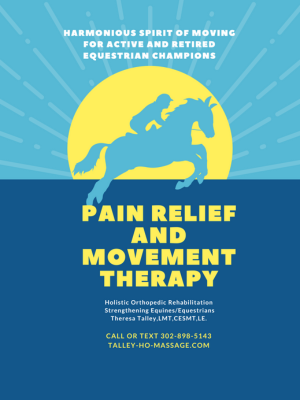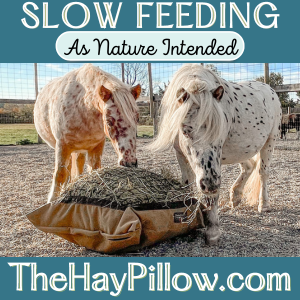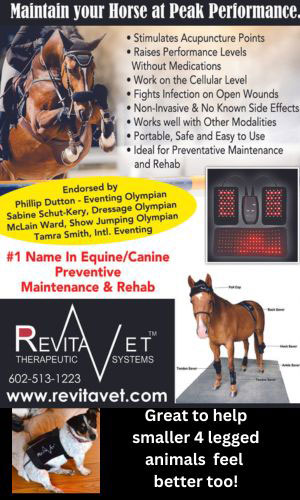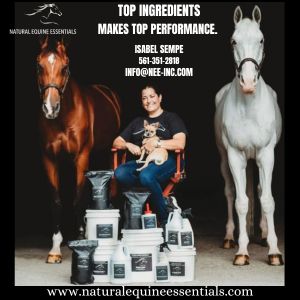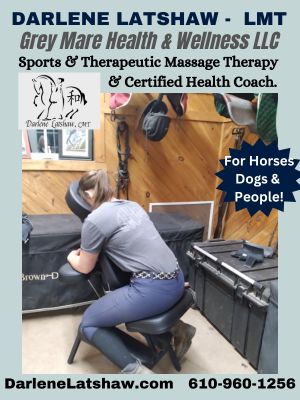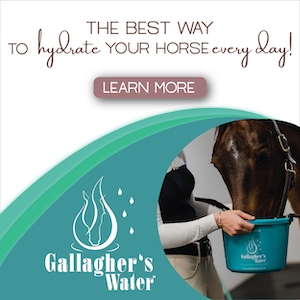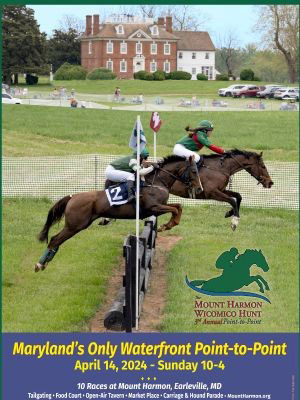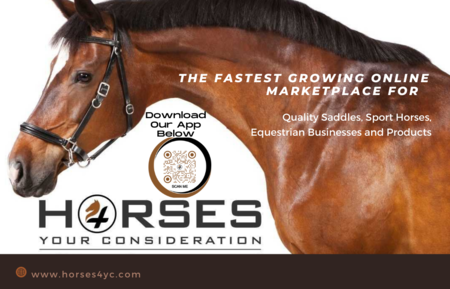NEW YORK, N.Y.--Following his misleading story, filled with important omissions of critical facts, on a drug test on Triple Crown winner Justify, published on Sept. 12, Joe Drape received a letter from Bob Baffert's lawyer.
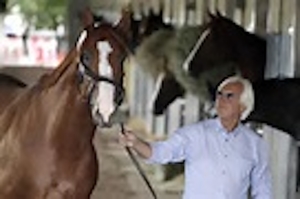 Bob Baffert with JustifyBut, rather than publish the letter, Drape wrote a second article on Sept. 12, doubling down on the misinformation in the first article.
Bob Baffert with JustifyBut, rather than publish the letter, Drape wrote a second article on Sept. 12, doubling down on the misinformation in the first article.
These articles couldn't come at a worse time for horse racing, already suffering from the deaths of horses at Santa Anita and dwindling fields in races.
The N.Y. Times has long been recognized as ignoring facts when they pertain to politics, but now the fake news has spread throughout the paper.
Unfortunately, due to Drape's (now destroyed) reputation as a top racing reporter, other newspapers, most recently USA Today, have picked up the misinformation.
DRAPE SEEMS intent on destroying the sport that he writes about.
As he did in his first article, Drape ignored relevant facts that did not fit his story.
THE BLOODHORSE published a story on Sept. 13 that reported the facts in the case.
DRAPE WROTE, "As reported by The Times, the (California Horse Racing) board apparently did not follow its own procedures and ultimately closed the investigation without ever disclosing the positive test result to the public."
THE FACTS
In 2016, scopolamine (trade name buscopan) was moved from Class 3 to Class 4, a classification that indicates a lesser chance to influence performance.The California Board was in the process of updating its rules on scopolamine when justify tested positive in 2018 after the Santa Anita Derby.
At that time, it also was moved from Penalty Class B to Penalty Class C.
That move is significant because a first offense in Penalty Class B calls for a 15-to-60-day suspension of the trainer, a fine of $500-$1,000, and a disqualification of the horse (in absence of mitigating circumstances). The Penalty Class C calls for a written warning or fine up to $500 of the trainer and only a potential disqualification of the horse, if mitigating circumstances call for such a disqualification.
It is not usual procedure to announce the results of a drug test when it is found to be a Class 4 classification.
DRAPE WROTE, "According to experts, the drug can act as a bronchodilator to clear airways and optimize heart rates, making horses more efficient."
THE FACTS
"No trainer would ever administer scopolamine to a horse," Baffert's attorney, Craig Robertson III of Lexington wrote in his letter to Drape. "It has a depressant effect and would do anything but enhance the performance of a horse. There is zero scientific evidence to suggest that scopolamine has any performance-enhancing properties."
This has been corroborated by veterinarians.
DRAPE WROTE, "The quantity of the drug found in Justify suggested it was not the result of feed or bedding contamination and was intended to enhance performance, according to Dr. Rick Sams.."
THE FACTS
California Horse Racing Board equine medical director Dr. Rick Arthur, the test indicated Justify had 300 nanograms per milliliter of scopolamine in his system.
Knowing the potential for contamination, the International Federation of Horseracing Authorities has put a residue limit in place of 60 nanograms per milliliter in urine to try to account for such contamination. The test in Justify came back at five times that residue level, 300 nanograms.
Despite that seemingly high overage, Arthur said lab evidence still pointed to contamination rather than an effort to skirt the rules. He said because California has had issues with jimson weed contamination, it has a higher threshold than the international standard in place. And even though Justify also was over that threshold, there was substantial evidence pointing to contamination.
Arthur said there was one other horse who surpassed the scopolamine threshold and a number of other horses who showed some level of the substance in their systems after racing at Santa Anita Park that weekend, April 6-8, 2018.
He also noted that when the positive is associated with jimson weed, as opposed to an administration of Buscopan, the lab indicates positives for both scopolamine and atropine, which was the case with Justify and five other horses that weekend.
Finally, he noted that the level of scopolamine that showed up in Justify's blood test was much lower than what came back in his urine test, which he said was another factor indicating contamination.
THIS IS THE ENTIRE ARTICLE in THE BLOODHORSE, also on Sept. 13, entitled SCOPOLAMINE: SUBSTANCE AT CENTER OF JUSTIFY SCANDAL
By Frank Angstt @BH_
The substance a lab found at a prohibited level in Justify after he won the 2018 Santa Anita Derby (G1)—scopolamine—has seen plenty of attention from regulators in recent years because while prohibitions are in place because of its potential performance-enhancing effects, positives at a relatively frequently high rate have been linked to contamination, especially in Southern California.
The New York Times reported Sept. 11 that before his successful Triple Crown sweep, Justify failed a post-race test following the Santa Anita Derby. As reported in the story and confirmed by California Horse Racing Board equine medical director Dr. Rick Arthur, the test indicated Justify had 300 nanograms per milliliter of scopolamine in his system.
According to a number of veterinary sites, scopolamine is found in the drug Buscopan, which is used to treat mild colic, spasms, and gastrointestinal pain. But scopolamine also can show up in the systems of horses who ingest jimson weed, which would be considered environmental contamination.
Knowing the potential for contamination, the International Federation of Horseracing Authorities has put a residue limit in place of 60 nanograms per milliliter in urine to try to account for such contamination. The test in Justify came back at five times that residue level, 300 nanograms.
Despite that seemingly high overage, Arthur said lab evidence still pointed to contamination rather than an effort to skirt the rules. He said because California has had issues with jimson weed contamination, it has a higher threshold than the international standard in place. And even though Justify also was over that threshold, there was substantial evidence pointing to contamination.
Arthur said there was one other horse who surpassed the scopolamine threshold and a number of other horses who showed some level of the substance in their systems after racing at Santa Anita Park that weekend, April 6-8, 2018.
He also noted that when the positive is associated with jimson weed, as opposed to an administration of Buscopan, the lab indicates positives for both scopolamine and atropine, which was the case with Justify and five other horses that weekend.
Finally, he noted that the level of scopolamine that showed up in Justify's blood test was much lower than what came back in his urine test, which he said was another factor indicating contamination.
RMTC executive director and chief operating officer Dr. Mary Scollay said she's heard of vets using Buscopan to relax a colon to allow treatment, but no longer as a treatment.
In December 2016, the Association of Racing Commissioners International moved scopolamine into a lower drug classification and a lower penalty classification on its Uniform Classification Guidelines for Foreign Substances and Recommended Penalties Model Rule. The ARCI is a regulatory umbrella group that shapes model rules it encourages its members to adopt.
Scollay, who was not heading the RMTC at the time but did attend those discussions in her former role as Kentucky Equine Medical Director, said she recalls the ARCI taking a comprehensive review of all the substances on the list.
She and Arthur said in the case of scopolamine it was determined there was little potential for the benefit of enhanced performance. She said because of that, and the high likelihood for contamination, the substance was moved to a lower classification. Arthur said he recalls no resistance to the change at the time.
Scopolamine was moved from Class 3 to Class 4, a classification that indicates a lesser chance to influence performance. At that time, it also was moved from Penalty Class B to Penalty Class C.
That move is significant because a first offense in Penalty Class B calls for a 15-to-60-day suspension of the trainer, a fine of $500-$1,000, and a disqualification of the horse (in absence of mitigating circumstances). The Penalty Class C calls for a written warning or fine up to $500 of the trainer and only a potential disqualification of the horse, if mitigating circumstances call for such a disqualification.
Despite efforts by ARCI and the RMTC, horse racing rules continue to vary from state to state. While the ARCI recommends model rules on medications, it's up to states to decide whether to follow through with such recommendations. And even states that take action based on ARCI recommendations can take varying amounts of time putting new rules in place. (This year, the CHRB left the ARCI.)
The New York Times story notes that at the time of Justify's positive, the California standards called for a scopolamine violation to carry a disqualification and forfeiture of purse money, but it has since updated its rule, with a disqualification no longer the recommended penalty.
Baedeker says in the story that the regulator was in the process of updating its standard at the time, which makes sense based on the move by the ARCI.
The current California rule lists scopolamine as a Class 4 category and Class C penalty in line with the ARCI standard.
In California, substances that call for a Class C penalty do not carry a disqualification and loss of purse. The state does call for such sanctions for substances in Category B.
Arthur noted that regulatory views of contamination have changed over the years.
In 1994, the CHRB, following an administrative law judge's decision, determined that the scopolamine found in post-racing urine samples was linked to bedding straw contaminated by jimson weed, but because the horses were still racing with a prohibited substance in their systems, they were still disqualified. Because the trainers were not involved, they ultimately were not sanctioned.
That decision was upheld by a California Court of Appeals, overturning a lower court's decision that called for the board to reconsider its action calling for disqualifications.
The horses involved in that case tested positive with scopolamine levels between 15 and 47 nanograms.
In recognizing the likelihood of contamination, Arthur said the CHRB has not moved forward on a scopolamine positive since Dixie Crisp was disqualified from a February 2007 victory at Golden Gate Fields.
"That was 2007, and I think the whole approach to environmental contamination has evolved, even at the IFHA," Arthur said. "It's changed. Part of our problem is that with improved drug testing, you can find things at levels you previously couldn't. So you have to put some guidelines in there."















